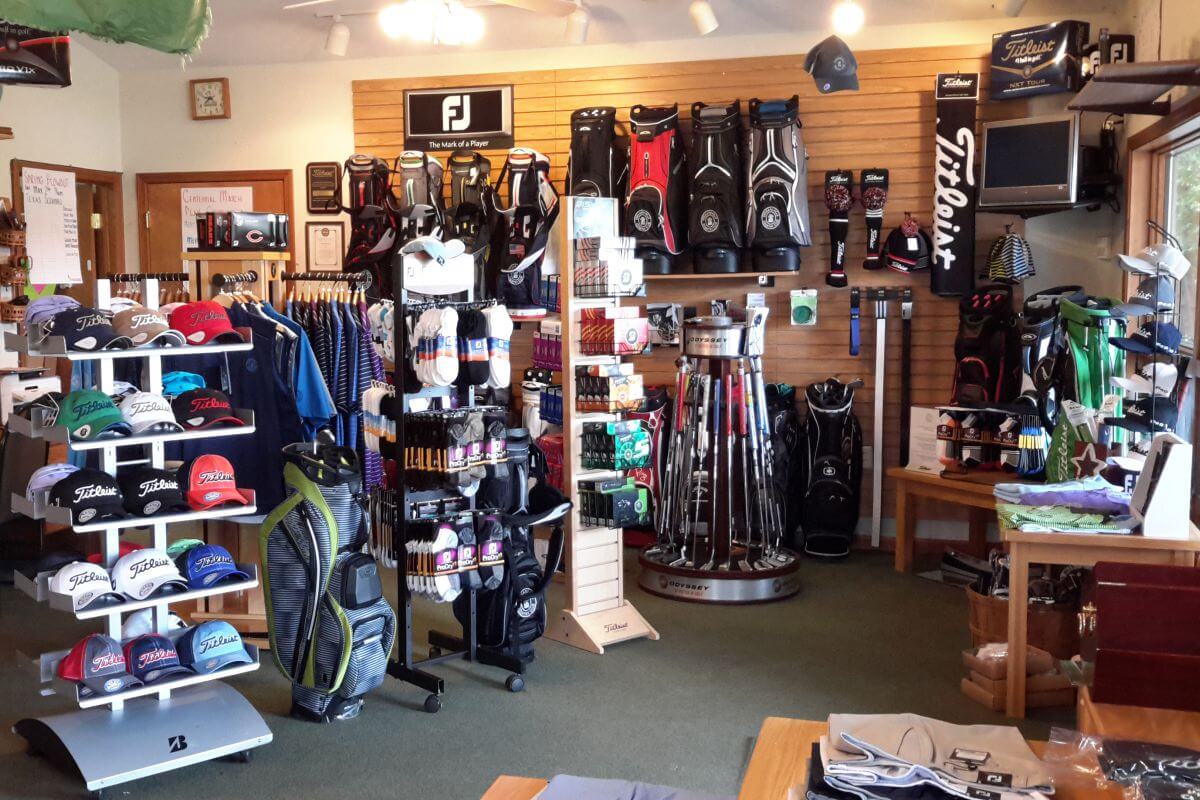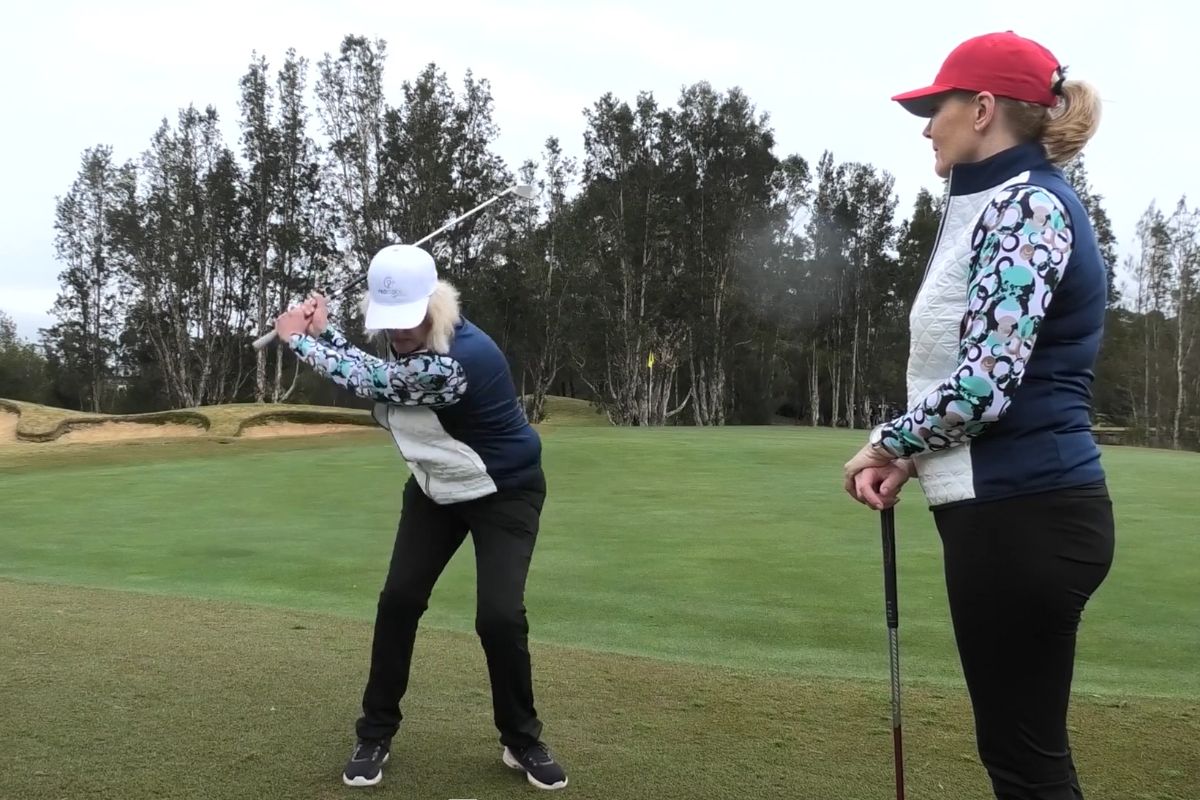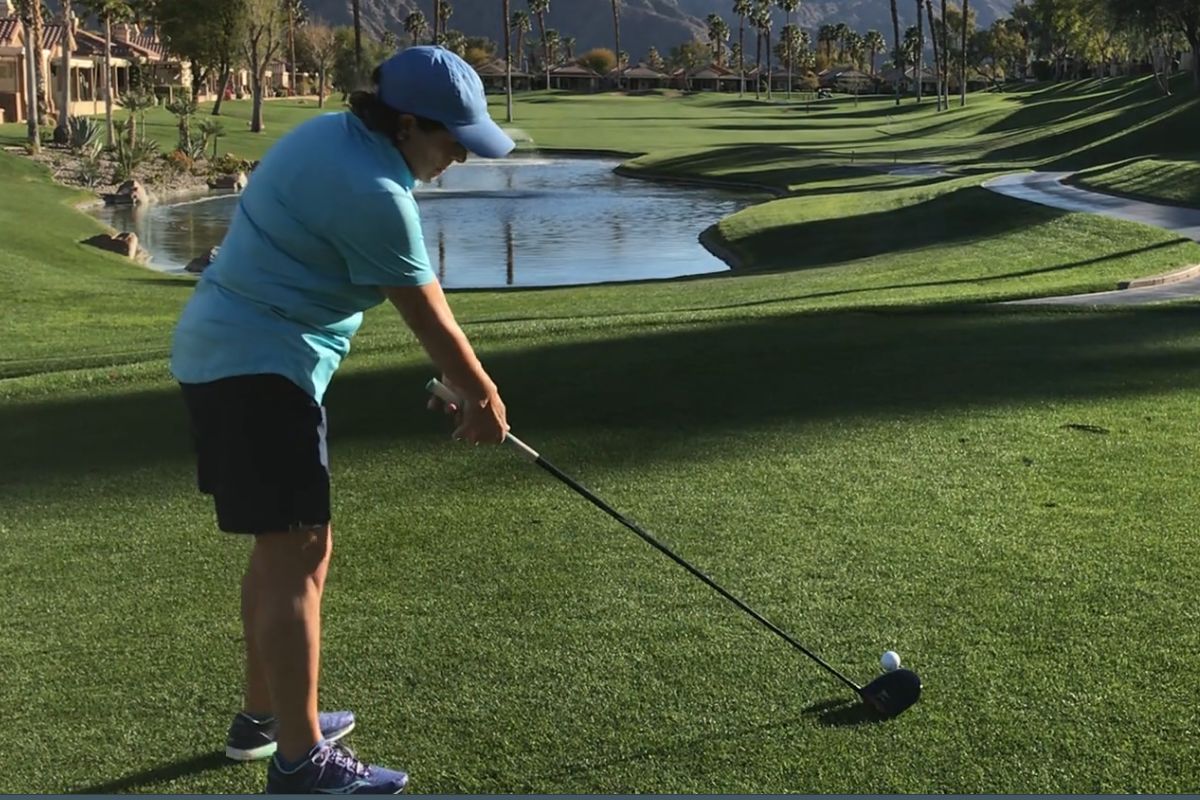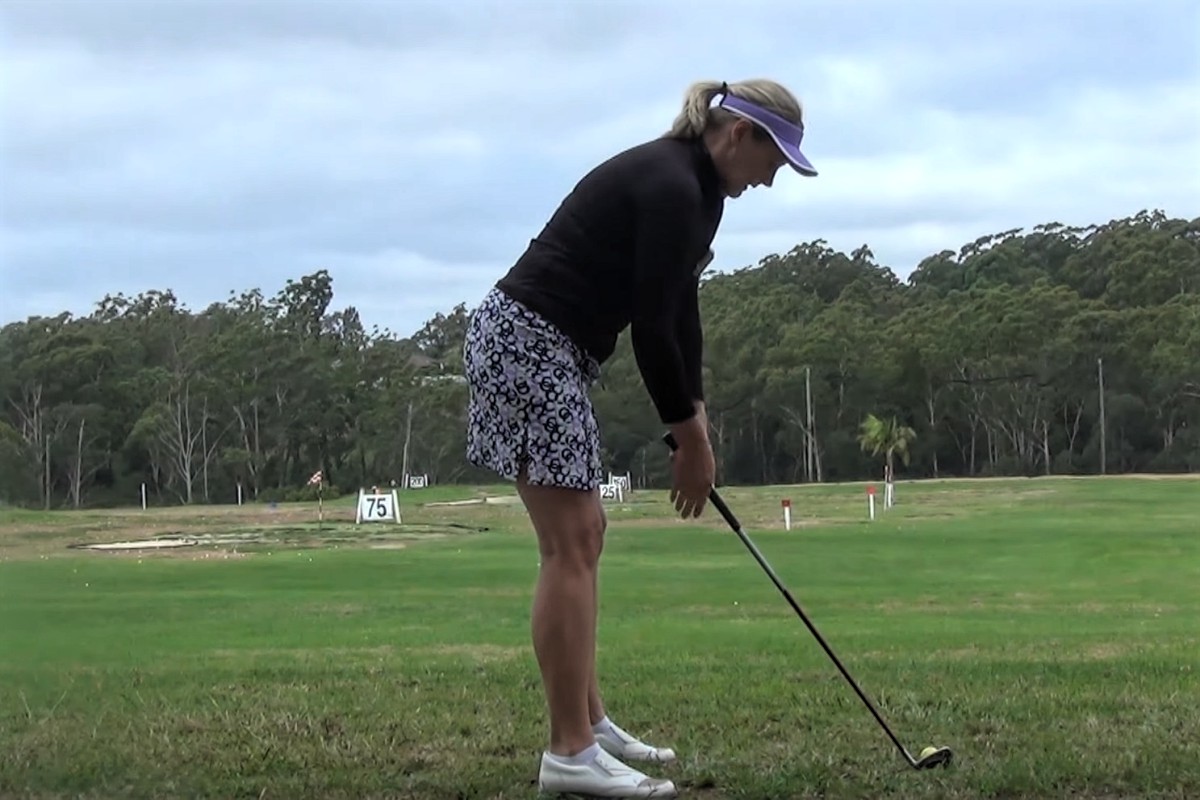I recently needed to purchase a new golf glove. My current one has finally seen the last of its good days and needs to retire to the “spare glove” pile. My obvious first place to get a glove was the pro shop where I am a member. We have a good selection of brands and sizes. However, after looking carefully through the dozens and dozens available in men’s and youth sizing, not a single one was women’s. Not one. After inquiring about what I thought was probably an oversight (maybe they are in the back stockroom, right?), I found the club does not carry women’s gloves because not enough women play there, it is not profitable and thus not offered.
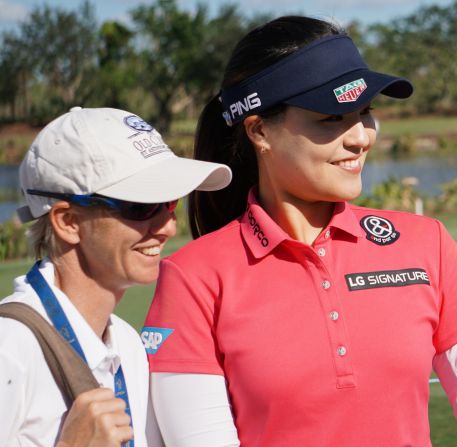
As a former golf merchandise buyer, I am keenly aware of profit and loss issues of carrying certain brands and quantity of merchandise. I’m aware of ordering minimums and inventory turnover rate. While I understand not filling the pro shop with numerous lines of trendy women’s clothing, I was disturbed that I could not buy a basic, common size, white, major brand, women’s golf glove in my own pro shop.
After this incident, I starting thinking about women’s golf merchandise in general. When I went to my local brick and mortar major sporting goods store recently and walked into the golf section, I found that the ratio of women’s merchandise to men’s was about 30% to 70% at best. I generally saw a rack or two for the women’s clothing amongst the vast selection of the men’s clothing. The glove section was even worse. After rows and rows of men’s gloves, I saw a tiny section devoted to women’s gloves (some of which have names like “Flawless”, but that is another article for another day). As I left, I browsed the clubs section only to see about the same ratio.
Again, as a former golf buyer, I understand we must stock what is in demand and realize a profit. But, I question why this ratio seems to be quite common in many retail outlets, including E-commerce. Logically, one would say, “there are not as many women golfers so we don’t need to carry large amounts of women’s golf merchandise.” While this may be true, maybe we should ask, why are there not as many women golfers in the first place? What are the relevant factors that could help golf understand the female consumer a bit better? I went to the literature to see what the studies say on this matter and found an interesting surprise. Enter the NFL.
The study entitled, “Female spectators as customers at National Football League games”* seeks to find out more about the female consumer and her “preferences and feedback in regard to various customer service components of the NFL game day experience.” The study investigated many aspects of the game day experience including such variables as facilities, food/beverage, parking, and apparel/other merchandise. There is no question that previous studies have shown the importance of the female consumer in sports. As one study found, “companies and sponsors seeking to target and reach the female consumer must demonstrate the ability to not only understand the lifestyles and interests of women but to effectively communicate the image and direction of the company as compatible with that lifestyle and image” (Sutton, 1994).
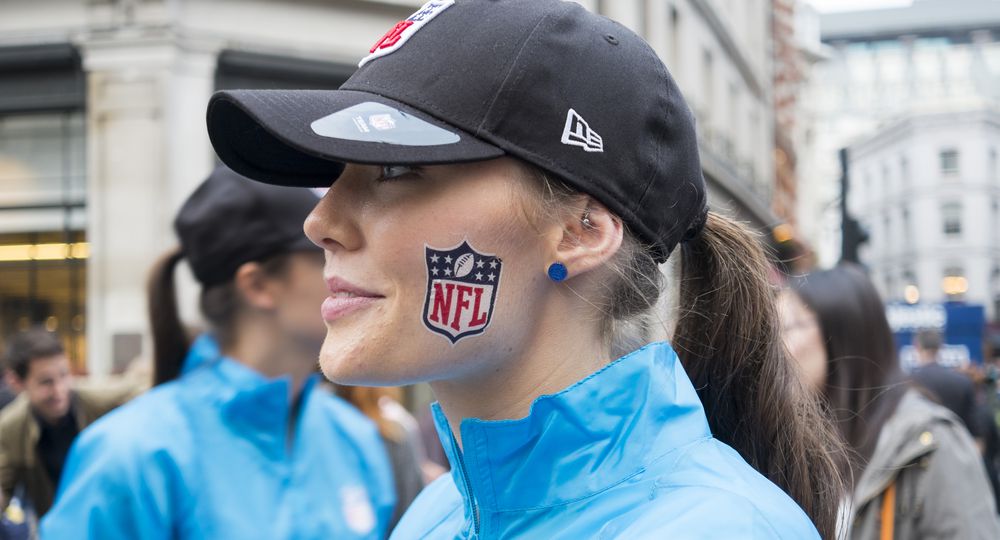
The researchers collected their data within the 2012-2013 season, with four different data sets and in two NFL stadiums. All participants were female, over the age of 18, with an average age of 41. Other demographics were: Education – 60% had a college degree, Ethnicity – 78% Caucasian, 12% Hispanic, 6% African American and 4% Other.
Several questions from the survey stood out to me. But one was particularly telling. The question posed was, “Do you feel that as a female, you are a valued participant in the NFL?” Overall, 72% responded yes. However, an additional comment on this question stated, “culture geared toward men.”
If I were to take a survey at a PGA, LPGA or any golf event, would I find that 72% of female participants felt valued?
As a former golf apparel buyer, naturally, I was drawn to the apparel/other merchandise question and findings. About 38% said the variety of apparel at the game was not sufficient. Some of the comments were, “no small sizes, “too little, it’s made for skinny people, need size selection,” and “what is with this pink crap (team) colors are not pink.” There were, however, positive comments given such as “Yes, plenty of options.” In addition, participants made some general comments about the game day experience which included, “NFL is great. Keep doing what you are doing,” “Better crowd control,” and “(need) daycare.”
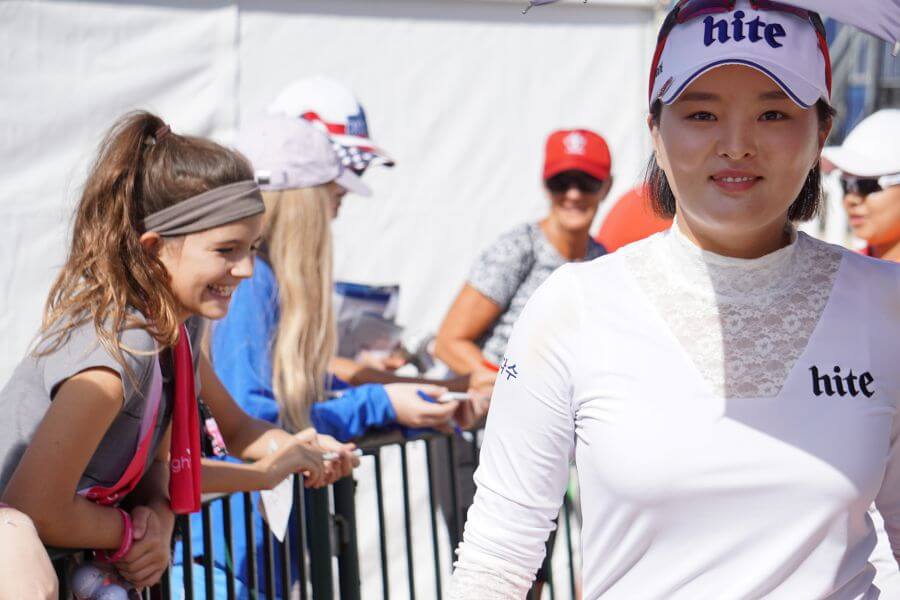
Overall the authors concluded that women are diverse customers. They indicated that “sports organizations have the opportunity to enhance the female customer experience and retain existing female customers if the organizations systemically listen to and communicate with the female customer at NFL games.” They also noted the women attending didn’t do so only because their husband/boyfriend, etc. did. Finally, it was concluded that “sport marketers must focus on developing and implementing initiatives that change and shape the overall game day environment so that women feel welcomed and included.” Women comprise about 45% of the NFL base (Hampton, 2017). However, this a direct result of the recent efforts by the NFL in regard to marketing and a focus on their female consumer. Therefore, while the NFL still has some work do to, the fact remains that the majority of women felt valued even in a male-dominated environment.
This brings us back to my glove.
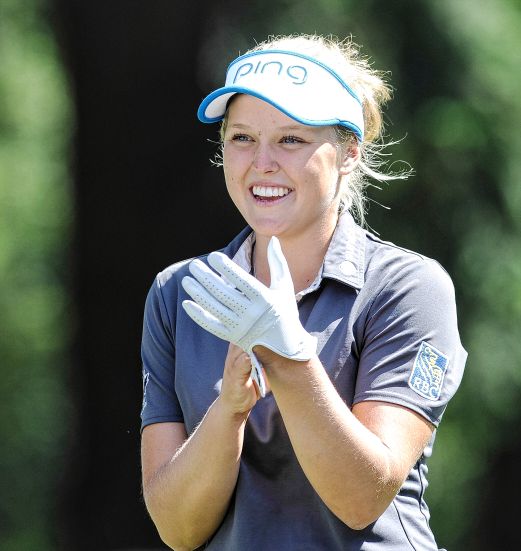
One important lesson from my buying days was that presence of a product was important. For example, we had a beautiful Bobby Jones statue in the pro shop that was the price of a small car. While we didn’t expect to sell it, we knew that its presence gave value to the game of golf and the shop itself. (We actually did sell one while I was there.)
While not all female golf consumers have encountered the same issue I did, one must wonder how my glove episode conveys the sense of value in the female consumer and player in the golf environment. I cannot say that stocking vast amounts of women’s gloves will magically increase the number of female players at my club or anywhere else. But, what does it say for any organization (private clubs, retail, etc.) in regard to the value of a particular segment of consumer? What would it say to any new female prospective member of her value to the organization if they didn’t have a reasonable presence of her basic golf needs?
With the female fan base hovering around 35% for both the PGA and LPGA, it looks like golf could learn a simple lesson from the NFL. Maybe at that point, I will be able to purchase a glove in the same manner as my male counterparts and be as valued.
References
Hampton, L. (Feb. 2017). Women comprise almost half of NFL base, but more wanted. Reuters. Accessed January 29, 2018, from https://www.reuters.com/article/us-nfl-superbowl-women/women-comprise-nearly-half-of-nfl-audience-but-more-wanted-idUSKBN15J0UY
Harrison, C., Bukstein, S., Botts, G., Lawrence, S. (2015). Female spectators as customers as National Football League games. International Journal of Sports Marketing and Sponsorship, 17(2), 172-200.
Sutton, W.A. (1994). Communicating with women in the 1990s: the role of sport marketing. Sport Marketing Quarterly, 3(2), 9-20.
N.A. (July 2011). Fans of PGA, LPGA tours continue to skew older, have higher incomes. Sports Business Daily.

